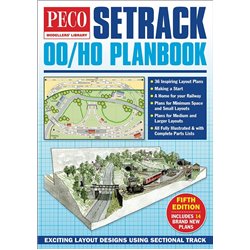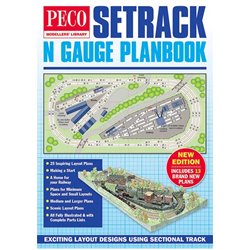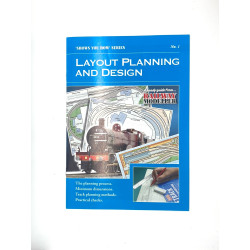Mainline Railways was a British model railway brand that operated between 1976 and 1983, introduced by Palitoy, the...
No products
Product successfully added to your shopping cart
There are 0 items in your cart. There is 1 item in your cart.
Search Tips
Easter shipping
Please note that couriers are not collecting on Friday 18th and Monday 21st April.
Orders will be dispatched on Tuesday 22nd April
What is an end to end layout?
When most people think of a model railway, they think of an oval where the train can go around and round.
With an end to end layout, as the name suggests, the train runs from one end of the layout to the other and back again.
This is a good way to have a model railway if you have limited space and want to still be able to enjoy the hobby. The layout will fit on a shelf virtually anywhere.
If you think of most preserved steam railways, they are end to end showing just a portion of their former glory.
You can create this in model form, and it doesn’t have to be just a length of track going from point A to point B, you can incorporate as much or as little as you want.
There are many options when it comes to end to end layouts, you could add a shunting yard with several spurs for industrial or commercial loads or even your rakes of different coaches.
You could also add a goods yard and station mid-point and engine sheds for your locos at the other end with a turntable.
The options are endless.
Click here to receive the tips weekly in your mailbox. You can unsubscribe at any time.










